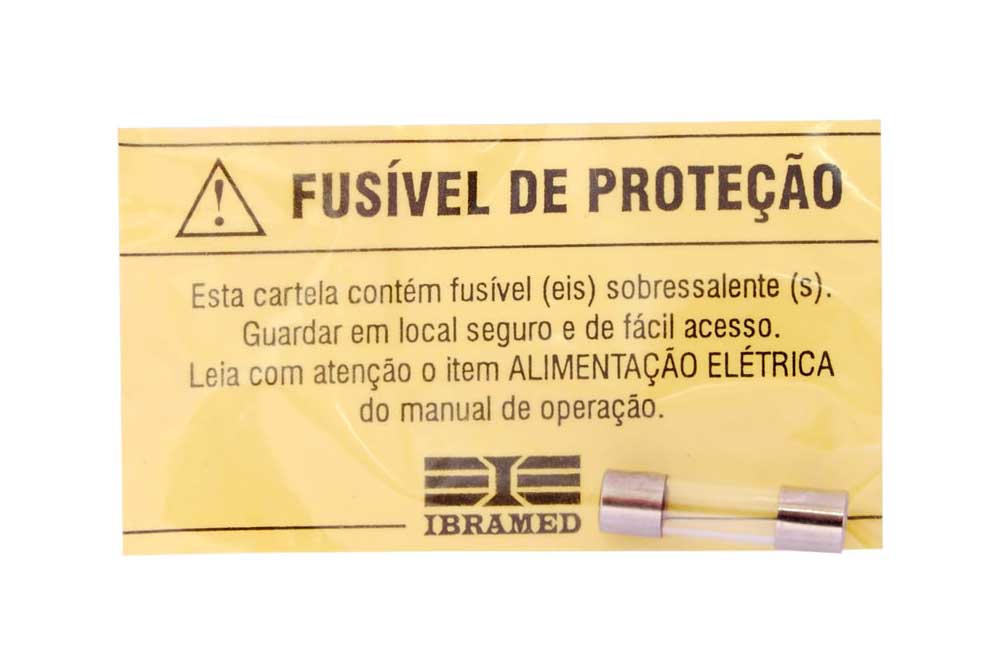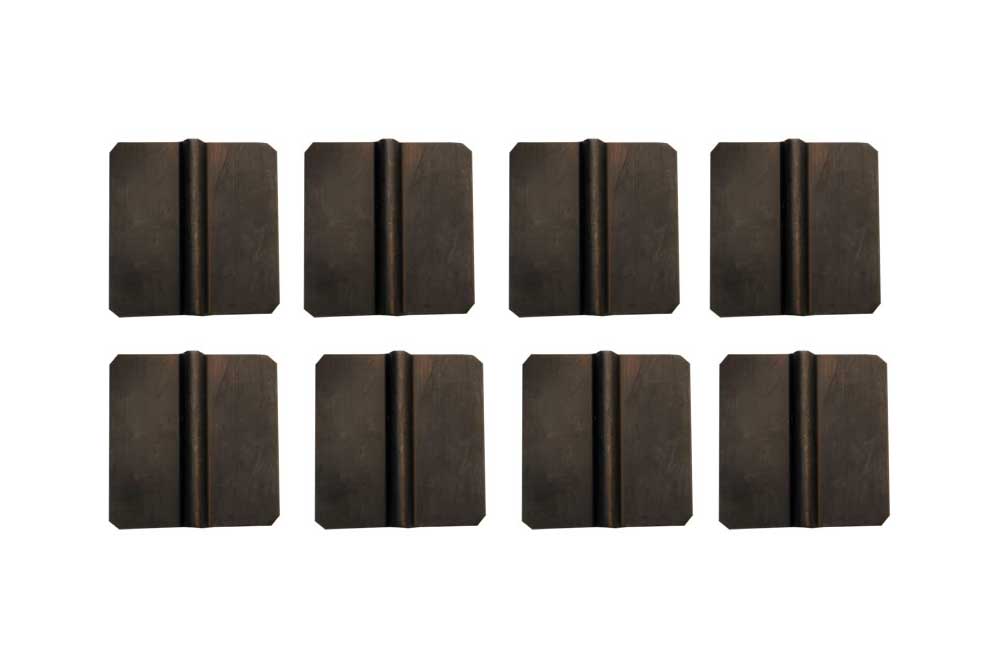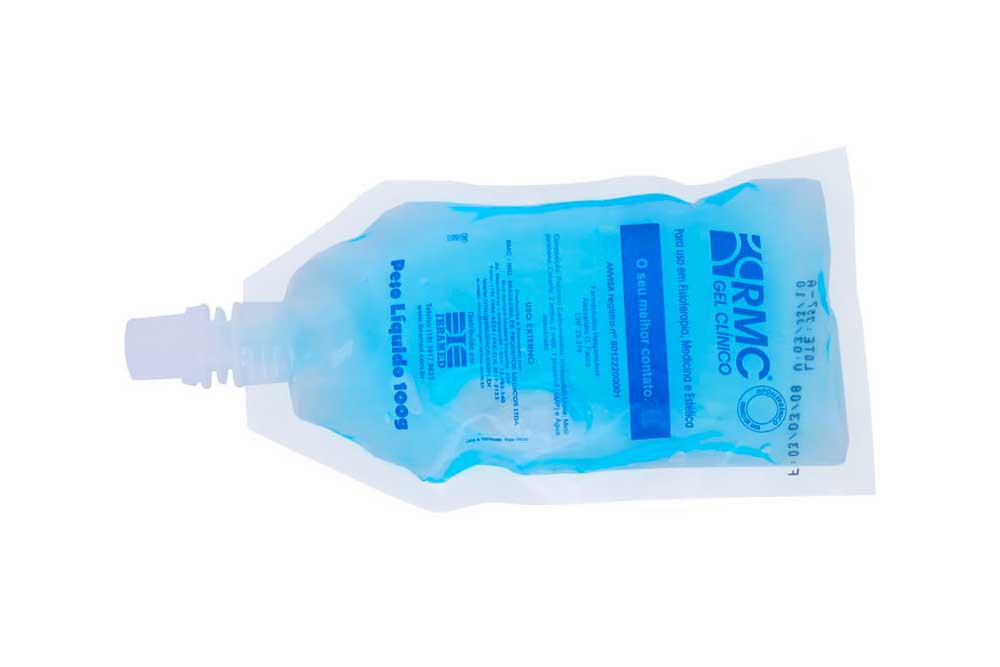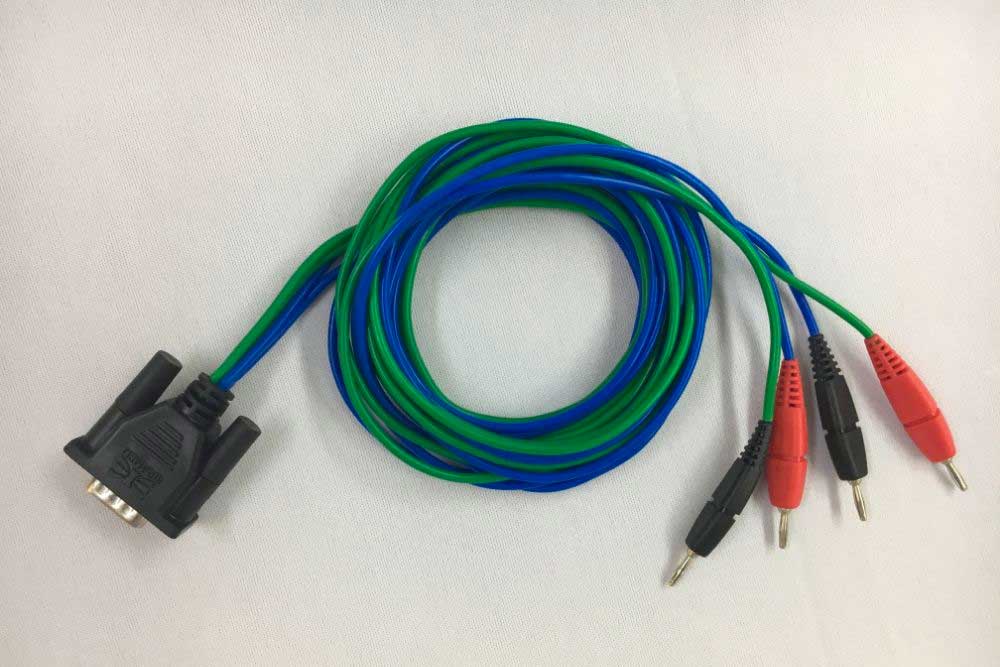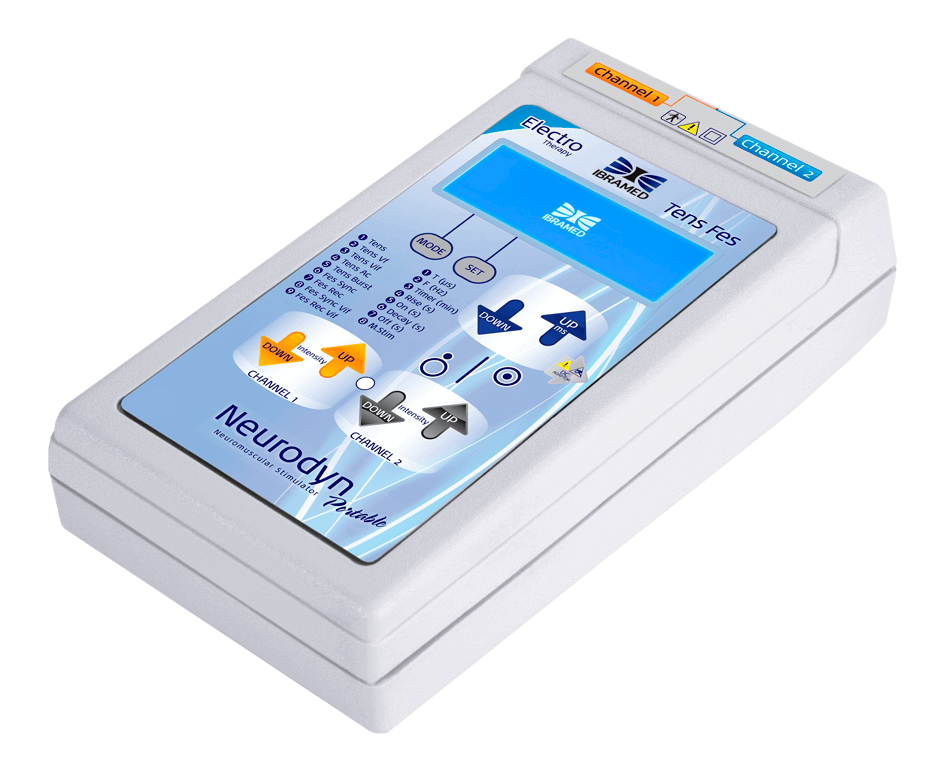
Neurodyn Portable TENS/FES
- Motor stimulus
- Sensory stimulus
- Rehabilitation
- Portable
The equipment
Neurodyn Portable TENS FES transcutaneous neuromuscular stimulator is a two-channel stimulator with independent controls for current therapies using: TENS CURRENT (Transcutaneous Electrical Nerve Stimulation) and FES CURRENT (Functional Electrical Stimulation).
Treatment should be administered only under the direct supervision of a licensed professional.
Technical features
Electric Descripition
Input: 100 – 240 V ~ 50/60 Hz
Input power: 15 VA
Electric class: CLASS II

TENS/FES Current
For TENS and FES currents, the frequency can be adjusted by the user; therefore, the polarity varies according to the frequency. The frequency may be adjusted between 0.5 to 250 Hz which represents a period from 2s to 4ms, so the inversion of polarity may vary between 1s to 2ms.
Minimum
TENS and FES Frequency minimum = 0.5 Hz /period = 2s / polarity inversion =1s
Maximum
TENS and FES Frequency maximum = 250 Hz /period = 4ms / polarity inversion =2ms
Between the minimum and maximum frequency, the polarity changes by 1 seconds to 2 milliseconds for TENS/FES
For example: (Frequency =250Hz):
Period = 1/Frequency
Period = 1/250 Period = 4 milliseconds
Inversion Polarity= Period/2
Inversion Polarity = 4/2, Inversion Polarity =2milliseconds
The polarity changes through the frequency chosen. There is no direct option to control the polarity. The rate charge depends on the frequency set by the User. There are no specific modes the user can choose to change the polarity.
TENS Symmetrical Biphasic
Output Mode: Electrodes
Output Intensity (CC*): 0-100 mA peak to peak
Frequency: 0,5-250 Hz
Phase Duration Adjustable: 50-500 μs
Burst Frequency: 2 Hz
Modulation of Burst Frequency: 250 Hz
Frequency/Phase Duration Variation: VIF
VIF Frequency: 7 – 65 Hz
VIF Phase Duration: 50-225 μs
Current Mode
– Tens (1 & 2 channel)
(F 0.5-250 Hz; T 50-500 μs; Output Intensity: 0-100 mA; Timer: 1-60 min)
Tens Burst (1 & 2 channel)
(F 250 Hz; T 50-500 μs; Output Intensity: 0-100 mA; Timer: 1-60 min)
Tens Ac (1 & 2 channel)
(F 8-25 Hz; T 175-275 μs; Output Intensity: 0-100 mA; Timer: 1-60 min)
Tens Vif (1 & 2 channel)
(F 7-65 Hz; T 50-225 μs; Output Intensity: 0-100 mA; Timer: 1-60 min)
Tens Vf (1 & 2 channel)
(F 7-65 Hz; T 50-500 μs; Output Intensity: 0-100 mA; Timer: 1-60 min)
Set Intensity: Individual Channel Intensity Setting
Available on channels: 1 or 2
FES - Functional Electrical Stimulation
Output Mode: Electrodes
Output Intensity (CC*): 0-100 mA peak to peak
Frequency: 0.5-250 Hz
Phase Duration (T): Adjustable 50-500 μs
VIF Phase duration: 50-225 μs
VIF Frequency: 7-65 Hz
Timer: 1-60 min
Current Mode
Fes Sync (1 & 2 channel)
(F: 0.5-250 Hz; T: 50-500 μs; Output Intensity: 0-100 mA; Timer: 1-60 min)
Fes Rec (1 & 2 channel)
(F: 0.5-250 Hz; T: 50-500 μs; Output Intensity: 0-100 mA; Timer: 1-60 min)
Fes Sync VIF (1 & 2 channel)
(VIF: F 7-65 Hz; T 50-225 μs; Output Intensity: 0-100 mA; Timer: 1-60 min)
Fes Rec VIF (1 & 2 channel)
(VIF: F 7-65 Hz; T 50-225 μs; Output Intensity: 0-100 mA; Timer: 1-60 min)
Ramp for all FES modes
Rise (Time of Increase Gradient): 1-9 s
On (Time of Muscular Contraction): 1-30 s
Decay (Time of Decrease Gradient): 1-9 s
Off (Time of Muscular Relaxation): 1-30 s
Set Intensity: Individual Channel Intensity Setting
Available on Channels: 1 or 2
Mechanisms of action and Physiological effects
Currently, electrotherapy or therapy using electrical currents has been widely used in the context of rehabilitation, with satisfactory clinical results. These currents are classified according to their frequencies: low frequency (up to 1000 Hz), medium frequency (1000 Hz to 100 KHz) and high frequency (greater than 300 KHz).
Depending on the therapeutic objective, the current is chosen as well as the selection of its parameters. In lower stimulus there is a sensory stimulation without muscle contraction and in higher stimulus, the motor threshold is reached, leading to physiological mechanisms that generate muscular contraction. Among the therapeutic objectives, we have: analgesic, excitomotor, anti-inflammatory effects; muscular strength gain, range of motion and improvement of function.
TENS Current
The Transcutaneous Electrical Stimulation (TENS) is a low-frequency current, very common in rehabilitation for the purpose of analgesia.
A physiology of the action of TENS is explained by “floodgate theory”, where the transcutaneous electrical stimulus, activates the larger caliber mechanoreceptor fibers that send signals in the posterior horn of the spinal cord before smaller caliber fibers. Occurs then a depolarization of the gelatinous substance and a modulation of the stimulus in the spinal cord, which causes inhibition of the nocioreceptive stimulus. With the faster arrival of the proprioceptive stimulus in the posterior horn of the spinal cord, will occur activation of interneurons besides the release of opiate substances, such as: endorphins, dynorphins, enkephalins, noradrenaline and serotonin; these substances, acting as inhibitory neurotransmitters.
This way, TENS therapy is used in the symptomatic treatment of intractable chronic pain, relief of postoperative acute pain and increasing local blood flow
FES Current
The Functional Electrical Stimulation (FES / EMS) is a low frequency electrical current (approximately 1 to 100Hz), which has the following characteristics: alternate, depolarized, with symmetrical pulses.
This electrical stimulation generates an evoked potential of action that will act at the motor level, in a bidirectional way, leading to a depolarization of the motor neuron. This potential of action passes through the neuromuscular junction, reaching the motor neuron; as a result, the plastic membrane generates an action that will spread through the T tubules, thereby causing the release of calcium from the endoplasmic reticulum. This will then stimulate muscular contraction, by means of synchronous stimulation of the motor units. This synchronism leads to an efficient muscular contraction.
FES / SEM is used in rehabilitation for the purpose of preventing or delaying atrophy due to disuse, motor re-education, increasing muscular torque, maintenance or increase of joint movement amplitude, relaxing muscle spasms and increasing local blood flow.
Indications
TENS Current:
- Symptomatic relief of chronic intractable pain.
Post-traumatic acute pain.
- Post-surgical acute pain.
FES CURRENT (FES)
Stimulation of leg and ankle muscles of partially paralyzed patients to provide flexion of the foot, thus improving the patient’s gait.
Contraindications
Do not use this device on patients who have a cardiac pacemaker, implanted defibrillator or other implanted metallic as soon as electronic devices because this may cause electrical shock, burns, electrical interference, or death.
Do not user this device on patients whose pain syndromes are undiagnosed.
Warnings
Do not apply stimulation over the patient’s neck because this could cause severe muscle spasms resulting in closure of the airway, difficulty in breathing, or adverse effects on heart rhythm or blood pressure;
Do not apply stimulation across the patient’s chest, because the introduction of electrical current into the chest may cause rhythm disturbances to the patient’s heart, which could be lethal;
Do not apply stimulation over open wounds or rashes, or over swollen, red, infected, or inflamed areas or skin eruptions (e.g., phlebitis, thrombophlebitis, varicose veins);
Do not apply stimulation over, or in proximity to, cancerous lesions;
Do not apply stimulation in the presence of electronic monitoring equipment (e.g., cardiac monitors, ECG alarms), which may not operate properly when the electrical stimulation device is in use;
Do not apply stimulation when the patient is in the bath or shower;
Do not apply stimulation while the patient is sleeping;
Do not apply stimulation while the patient is driving, operating machinery, or during any activity in which electrical stimulation can put the patient at risk of injury.
Consult with the patient’s physician before using this device, because the device may cause lethal rhythm disturbances to the heart insusceptible individuals;
Apply stimulation only to normal, intact, clean, healthy skin.
Neurodyn Portable TENS should not be used while driving, operating machinery, or during any activity in which involuntary muscle contractions may put the user at undue risk of injury.
Adverse reaction
Patients may experience skin irritation and burns beneath the stimulation electrodes applied to the skin;
Patients may experience headache and other painful sensations during or following the application of electrical stimulation near the eyes and to the head and face;
Patients should stop using the device and should consult with their physicians if they experience adverse reactions from the device.
Application techniques
Electrode Placement can be achieved using the Bipolar or Monopolar Techniques. Proper positioning and contact will insure treatment comfort and efficiency.
Examine the skin for any wounds and clean the treatment area by rubbing the skin with medical grade alcohol.
Remove the self-adhesive electrodes from the protective backing and apply to the treatment area as prescribed.
Ensure the entire electrode surface is in contact with patient skin by pressing into place.
Check the electrode contact regularly during treatment.
Examine the skin again after the treatment.
Accessories

